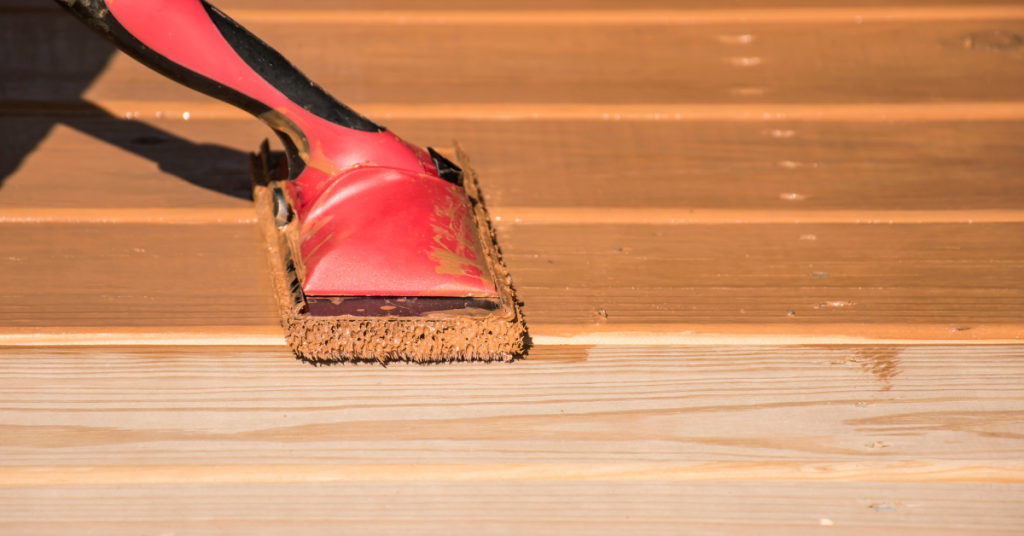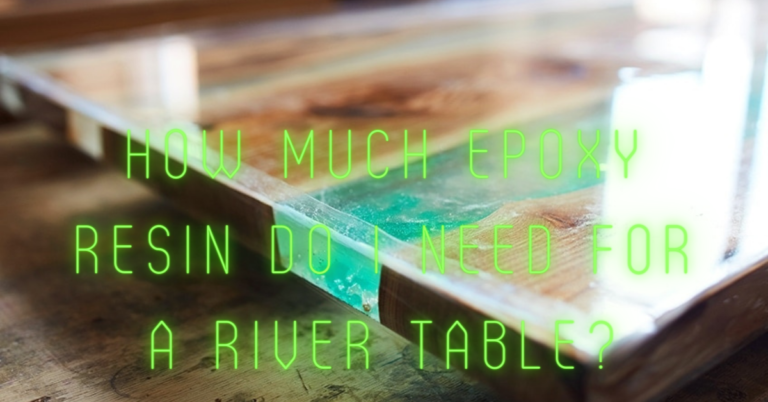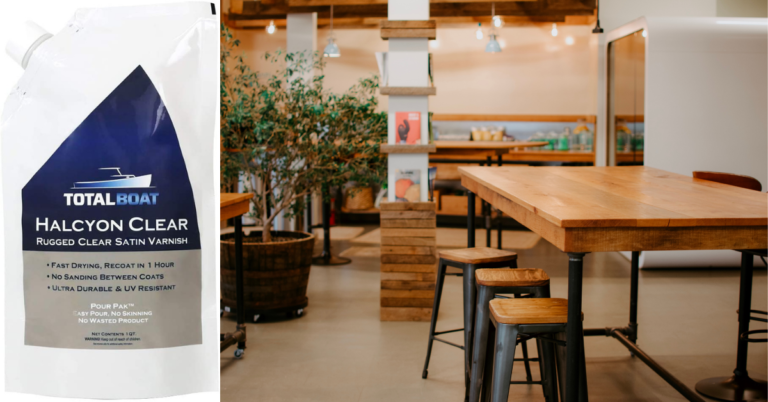Gel Stain vs Regular Stain ( Make The Right Choice)
As a wood finisher, there are several wood finishing options available on the market to get a desirable wood finish result. So you probably are interested in staining a piece of furniture or maybe another project of some sort.
Either way, you’re wondering what stain to be used and which will suit well for your project, right? Then you start searching for a wood stain and you come across dozens of colors, great you have different options! But all of a sudden, you see something like “Gel stain vs Regular stain” and then you start to get overwhelmed.
There are quite a number of different stain products that we will go over to help you figure it out however, this article is based majorly to provide answers to this frequent, challenging quest of “Gel stain vs regular stain”.
Although the difference between gel stain and regular stain is that gel stain is a thick pudding-like substance that is applied over a wood top while the regular stains are more watery-like and tends to penetrate deep into the wood.
However, when both stains are applied, just within some minutes, the excess stain will be wiped off.
These two products do have their advantages and disadvantages which we will be looking at in this piece, but it still comes down to testing each option and figuring out which option works best for you.

All at a Glance
What is Gel stain?
Gel stain is a thick non-liquid material applied over wood to “stain” it. This particular stain sits on top of the wood finish instead of penetrating into the wood like a regular stain will do hence, allowing some of the wood’s unique markings and texture to shine through while delivering a crisp, consistent finish that isn’t dissimilar to paint.
Basically, it involves you dipping a clean rag or foam brush into your gel stain, usually, a liberal amount of gel stain while you rub it all over the surface you want to stain.
As I mentioned earlier, the gel formula isn’t possible to penetrate into the wood as a traditional stain does, rather it creates a very thin layer over the surfaces having them tinted as though were stained.
Generally, it is almost as if gel stain is a mixture of painting and staining. Because essentially, you’re doing the same steps as if you’re staining a piece but the product just tends to sit above the wood as paint does.
There are some particles or ingredients in paints and stains that are known as “binders”. These binders are what help create the adhesion performance, durability, and many other factors.
But when it comes to gel stains, there is an increased amount of binders as compared to regular liquid stains, hence the cause of gel stains being so thick and sticky. The gel stain grabs the surface like a paint while the regular stain penetrates into the surface without acquiring as many binders to hold on to.
Most times, gel stain is best used on previously-stained wood as it allows you to change the wood color and refinish it without having it stripped to bare wood for best adhesion the way you would with a typical stain.
It’s quite easier to re-stain wood with gel stain as compared to the traditional penetrating wood stain which requires more time and effort to re-stain wood.
Another perk, still, is gel stain’s ease of use in vertical projects. Pre-installed cabinets in this case will only suffer fewer drops, drips and messes when working with the peanut buttery consistency of gel stain, as opposed to the thin liquid you’d be dealing with otherwise.
Advantages of Gel stain
Gel stains are a thick stain that is being applied to a wood surface. There’s no need to sand down to raw wood when using gel stain.
And unlike traditional stains that soak into the wood creating a new color, gel stains are applied to the wood surface and can be built up similar to paint.
Also, as compared to paint, gel stains make you feel the undying texture of the wood and this stain relatively possesses good hiding strengths such that they will mask the undying color of a previously stained or painted wood project.
Gel stains can as well be applied on non-wood surfaces and this application is much easier using a bristle brush or a rag. Lastly, due to their thickness, they do not run that much which makes them best suited for vertical surfaces.
Disadvantages of Gel stain
Of course, no stain is perfect and one area in which gel stain is tied neck and neck with its regular counterparts is its drying time. While gel stain is easier to prepare and apply, it takes a whole lot of time(Nothing less than 8-24 hours) for it to dry.
Another major drawback of gel stain is the fact that it can end up looking uneven on projects with lots of deep corners and crevices, where it seem quite tough to get coverage in a single swipe. Also, gel stain may remain sticky for days if the excess gel isn’t wiped off.
Lastly, unlike the traditional stain, gel stain is typically more expensive.
What is Regular stain?
Although it isn’t termed “regular stain”, it is also known as traditional, water-based, oil-based, penetrating or just classic wood stain. I basically, love to call it penetrating wood stain because the wood is being penetrated with the stain.
And this is what makes the huge difference when compared to gel stain. Regular wood stains thus require sanding as well as prepped raw wood in order for the stain to sink properly into the surface.
So if you try to stain a finished piece, you’d have the stain just sit on top of the wood looking all wet and sticky. There are quite a number of stains that people refer to as “regular”.
You can either use oil-based or water-based stains, with similar results but totally different products.
Water-based stains have less harmful fumes and can be easily cleaned up with water while oil-based stains are more toxic to breathe and as such should be cleaned up with mineral spirits.
Let’s quickly take a brief review of an oil-based and water-based stain.
Oil-based stains
Using an oil-based stain is typically easier and applying maintenance coats is quite simple. Although the finish fades typically over time, but it can be re-applied every year. Some of the advantages of an oil-based stain include:
- This stain type is much easier to apply due to the fact that they penetrate the wood more easily and as such, will adhere quickly to the wood.
- Oil-based stain provides an even finish and won’t create lap marks.
- Because an oil-based stain penetrates the wood so effectively, it usually takes less effort to apply.
- Its maintenance is easy.

Disadvantages of oil-based stain.
- Oil-based stains don’t last for as long as water-based ones will do.
- They take a longer period of time to get dried and this could be an ideal problem especially when you live in a humid or wet environment.
- An oil-based stain may contain higher VOCs which are bad for the environment.
Also Read: Best HVLP spray gun for latex
Advantages of water-based stain.
- As long as they are accurately applied, water-based stains will last longer while it retains the wood’s initial color.
- Cleaning up is straightforward for water-based stains and you won’t even need any potent solvents.
- This stain type dries really quick and the wood surface can be walked upon 1-2 hours after application.
- Since water-based is more breathable, it means you won’t get any form of moisture trapped in the wood.
Disadvantages
- You want to thoroughly brush the stain into the wood. This is because the water-based stain has more trouble penetrating the wood. Also, these stains have the potential for peeling if overly applied, so you want to be extra careful to only apply as much stain as the wood can absorb.
- It requires greater time and care during application. Never use shortcuts.
Pros of regular stain.
- They are much easier to apply using a brush or rag.
- Regular stains penetrate into the wood making it last longer when it has to do with surface scratches.
- They dry much faster than gel stains and topcoat can be applied almost immediately.
- Due to the fact that these stains penetrate deep into the wood, they bring out the natural beauty in the wood’s natural grain which gel stain will not show basically.
- As compared to gel stain, a regular stain isn’t all that expensive. It costs less per quart.
Cons of regular stains
- Traditional or regular stains can only be applied to raw wooden surfaces.
- Liquid stain can easily get spilled hence leading to a terrible mess.
- A super blotchy finish could arise if the surface isn’t properly prepped.
- Doesn’t last as long as gel stains would.
Final thought on Gel Stain vs Regular Stain
I hope this information was able to help you determine which wood stain is best for you. However, in the real sense, you’d never tell what option is best until you’ve tested them all out. After refinishing dozens of furniture projects, you now begin to get a “feel” for what product will work best.
If you expect me to give a simple answer for which stain type you should go for other than some gel stain, trust me, you can’t ever go wrong. For real, you can’t go wrong.
While regular stain can only be applied when you have a fully sanded raw wood surface that needs some penetrating, gel stain on the other hand can be applied on any surface in super light coats. Though it may take a long time to dry, it will definitely work.
Important Reads:







